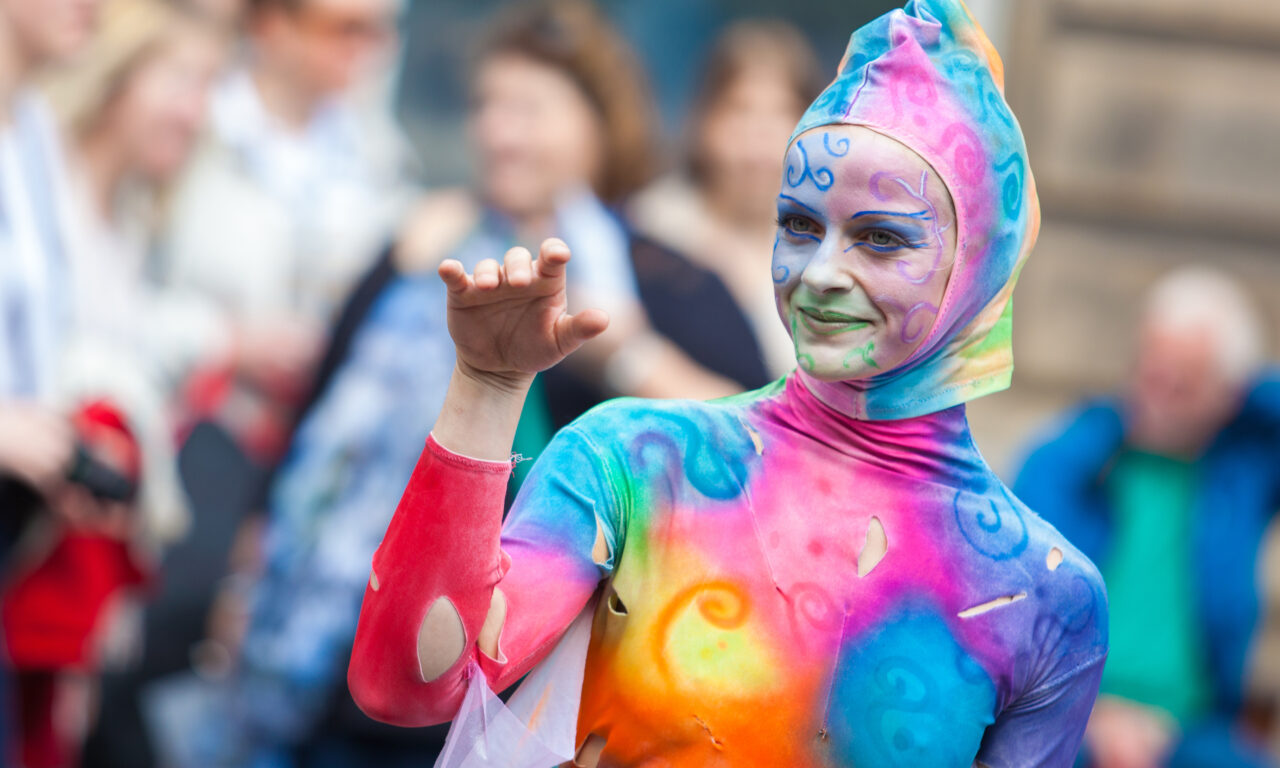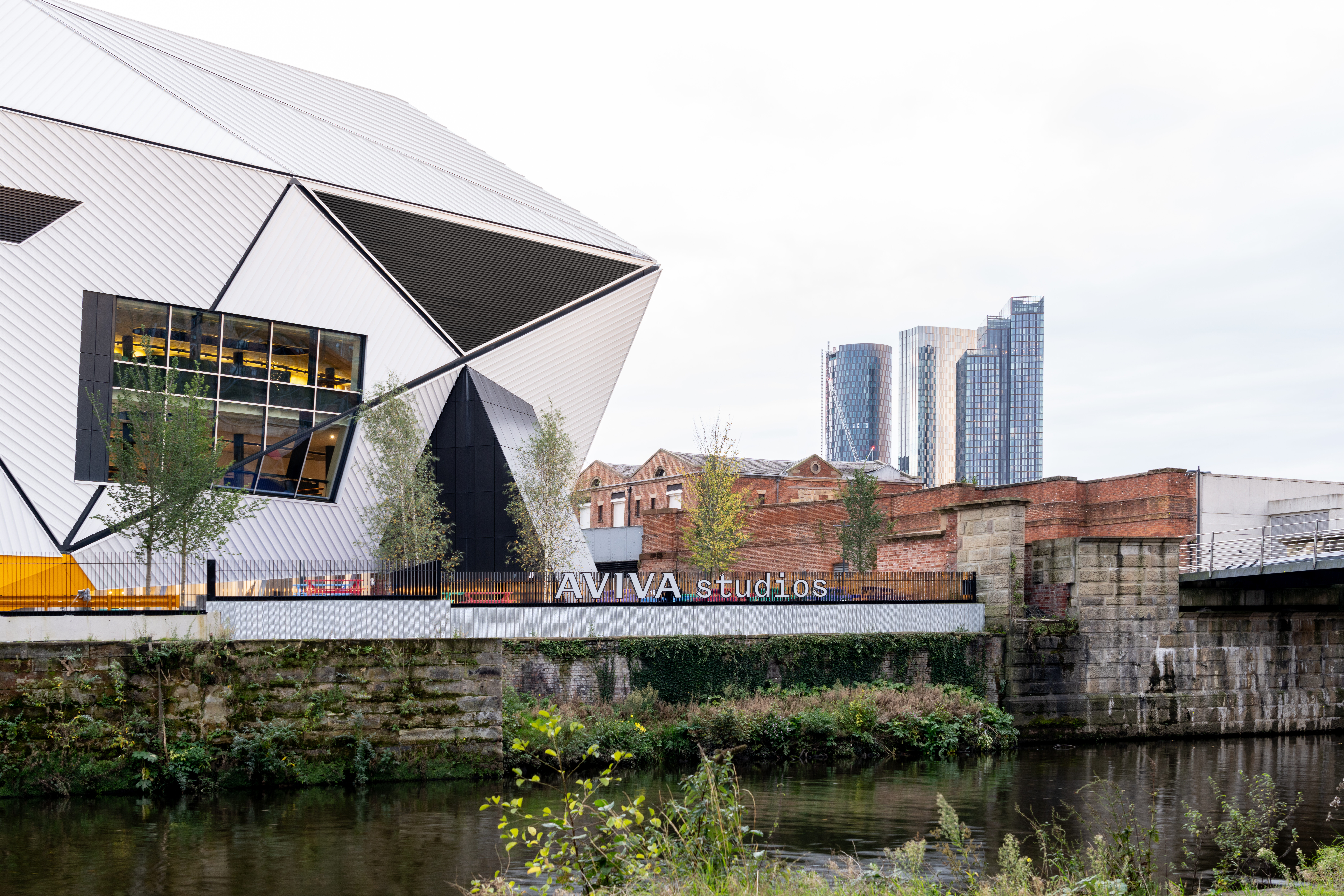Sponsorship of the Arts: Is it really worth it?

Reports published by the British Arts Festival Association (BAFA) and the Association of Independent Festivals (AIF) have warned the UK arts sector is at a critical tipping point. Research shows many of the UK’s art festivals are at risk of being lost due to a lack of funding. The IAF reported that 50 festivals have either already closed or are due to close in the next 12 months due in part to a lack of funding. The BAFA, which surveyed 101 arts festivals across the UK, including high-profile events like the Edinburgh Fringe, BBC Proms, Cheltenham Festival, and Hay Festival, also paints a bleak picture of the UK arts landscape.
A funding crisis in the arts
Research from the Campaign for the Arts and the University of Warwick previously highlighted that under the Conservative government, the U.K. has "one of the lowest levels of government spending on culture among European nations." The total culture budget has been cut by 6% since 2010. However, there is renewed optimism with the Labour government signalling its intent to grow the U.K.'s arts and culture industry, which they claim contributes £125 billion to the national economy. Labour’s Creating Growth document emphasises supporting and broadening access to the arts and pledges a review of Arts Council England to steward the sector through the 21st century.
However, the government alone cannot fill the gap in the precarious financial statements of the UK’s art institutions. Therefore, event organisers are increasingly and desperately turning to the corporate world for much-needed financial support. Yet many corporate arts sponsors are understandably wary of engaging in such partnerships due to art audiences' notoriously hostile attitudes towards them.
A hostile audience
Baillie Gifford had for more than 20 years provided critical support to the Edinburgh International Book Festival before being publicly pushed out by prominent authors. The resulting PR storm unfairly painted the investment manager as more pro-oil than Donald Trump. This is despite the fact that 2% of Baillie Gifford’s client’s money was invested in companies with more than 5% of their revenue coming from fossil fuels against the industry average of 11% and industry-leading investment in renewable firms combating the climate crisis. Sadly, the festival's director, Jenny Niven, has indicated that, consequently, the festival will need to reduce its scale in the coming years.
The irony, of course, is that many of these art events would cease to exist without the support of corporate art sponsors.
Baillie Gifford is not alone when it comes to corporate art partners that have experienced the wrath of art audiences. Speaking to The Sponsor, Dr Thomas Girst, Head of Cultural Engagement at BMW, who last year supported Sky Arts with a multi-million-pound deal, highlighted their art cars had been targeted on numerous occasions. This, again, is against the backdrop of BMW being one of the leading environmental players in its industry, having sold more electric vehicles last month than Tesla.
“It’s easy to proclaim that corporate money in the arts is an attempt to abuse culture for your own core messages, but there needs to be greater dialogue between the two sides.” Dr Thomas Girst, Head of Cultural Engagement at BMW.
So, as sponsors, should we leave the arts to their fate, or can corporate partners benefit from continued support of the art world?
The business case for continued support of the arts:
Brand reputation
Art sponsorship is a unique opportunity for brands to meaningfully demonstrate their social impact values. We can all write about our commitment to these topics, but art allows us to move beyond words on a website and start a real conversation instead. Speaking to The Sponsor, EY’s Michel Driessen explained, “Most of our sponsored exhibitions have had a different theme. For example, with Van Gogh, we were talking about mental health and opening up conversations around this topic. We often use exhibitions to bring important themes to the broader public and to our clients.”
Engaging affluent audiences
Art audiences are incredibly diverse in almost all aspects, but there is no getting away from the fact that the sector attracts an affluent audience. There is a reason why a global investment bank like UBS has a 30-year partnership with Art Basel and why Société Générale has supported classical arts for decades. Rarely do you find a sponsorship category where affluent audiences congregate in such high density.
Cost-effective impact
Art sponsorship offers exceptional value for money compared to traditional sports sponsorships. While rugby, golf, or Formula 1 may have larger audiences, they come with hefty price tags and a significant percentage of untargeted reach. In contrast, art sponsorships can deliver high returns at lower costs by targeting concentrated, relevant audiences. According to BAFA, the average shortfall required to keep an arts festival afloat is just £20,000—making it possible for brands to make a significant impact with modest investments. Art sponsorship doesn’t demand a massive budget; instead, it requires strategic alignment and thoughtful promotion through a brand’s own channels.
High impact corporate citizenship
Sponsoring the arts enables brands to take on the role of a “white knight,” stepping in to support vital cultural institutions and festivals in need. This creates tangible benefits for both the community and the brand’s reputation. Customers and clients are more informed and discerning than ever, valuing the behaviour and contributions of the brands they support. Sponsoring the arts shows a commitment to societal well-being, raising stakeholder perceptions and encouraging positive engagement with the brand, which does not go unrewarded at the point of purchase.
Broad and inclusive appeal
Art transcends boundaries of age, gender, and socio-economic status, making it one of the most inclusive sponsorship categories available. Unlike most sports, art appeals to diverse audiences, ensuring sponsors can connect with a wide range of stakeholders, including customers, clients, and employees. Many iconic art institutions remain free to visit, increasing accessibility and broadening the reach of sponsorships. Supporting the arts ensures brands can inspire and connect with diverse audiences.
It works!
The most compelling reason sponsors should continue supporting the arts is perhaps because it works! Despite a few notable and very public PR backlashes, most brand leaders interviewed by The Sponsor over the years or those attending our sponsorship roundtables on the subject have had nothing but positive brand-building experiences to report. Of course, as with any partnership, there are risks to consider, and it would appear those with even a strenuous link to oil and gas should be particularly wary. However, the reward for getting it right is the perfect example of sponsorship as a force for good. It benefits the brand, provides financial support to the event, and positively impacts the wider community.
For more information on how to successfully navigate sponsorship of the arts, The Sponsor will once again host a dedicated session of our Brand Leaders Roundtables on the subject. Alternatively, you can read top tips and insights from brand leaders who have already benefitted from successful art partnerships below, including our interview with Baillie Gifford’s Michelle McLeod.
EY’s Michel Driessen on engaging stakeholders through sponsorship of the arts
BMW’s Dr Thomas Girst on philanthropy, brand building and the role of corporate art sponsors
Sponsorship risks and environmental responsibility: A critical balance for brands









